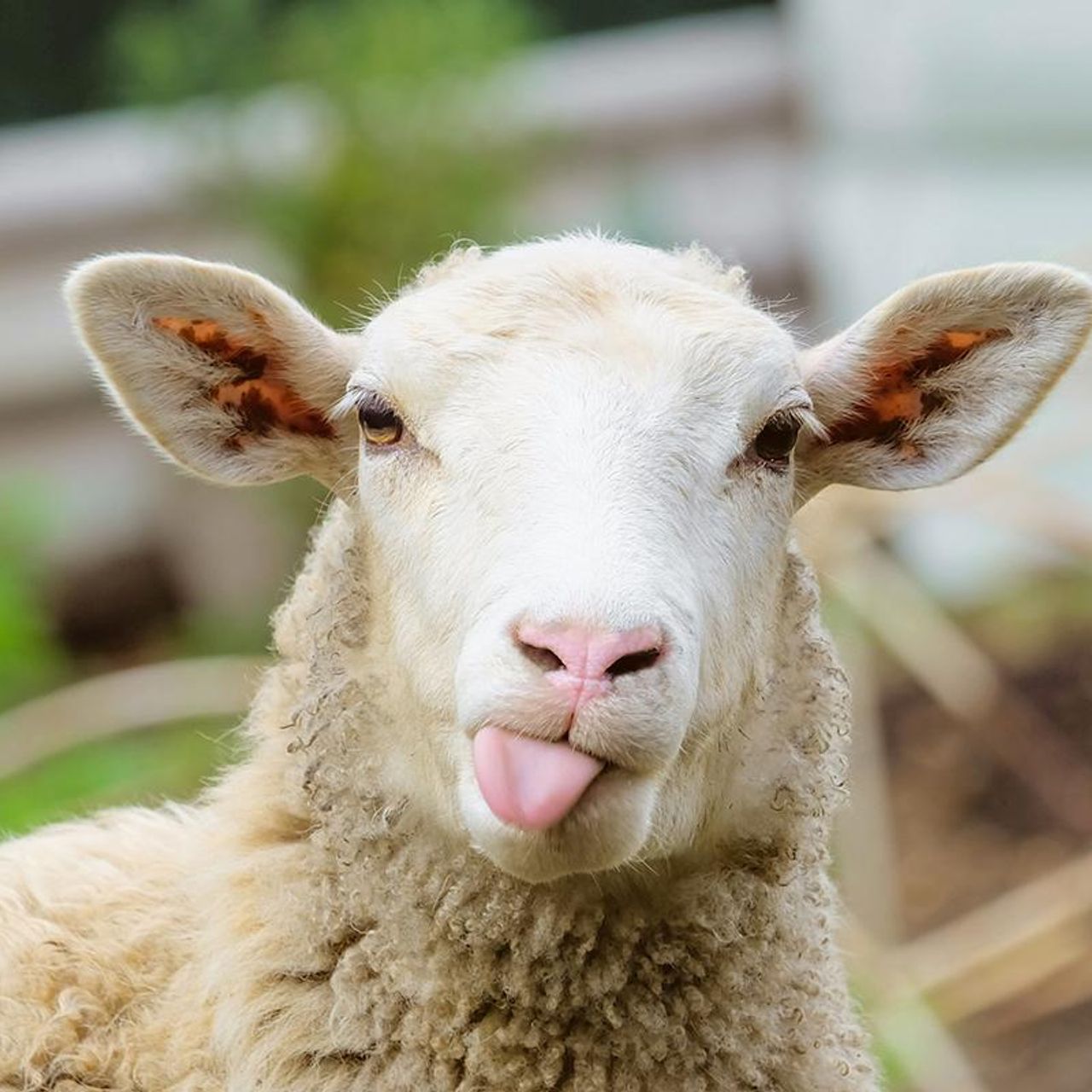Origins
Eid al-Adha, better known in the Arab world as Eid al-Adha, commemorates the trial of Ibrahim. The prophet dreamed that God ordered him to sacrifice his son Ishmael. Out of faith, Ibrahim agreed to comply. Just as he was about to do so, God intervened: the Archangel Gabriel brought a ram to substitute for Ishmael. Since then, Muslims sacrifice a ram to honor this act of devotion, with part of the meat distributed to the less fortunate.
Today, it is celebrated by over a billion Muslims worldwide.
A careful choice
Eid al-Adha is marked by a crucial step: purchasing the sheep. Some Moroccan families prefer to plan ahead to get good value for money, while others wait for last-minute deals. The price of the animal varies from 1,500 to 4,000 Dhs, but price isn't the only criteria. In an atmosphere akin to a beauty contest, neighbors spontaneously compete to have the most beautiful ram. Known for their large size, male Sardi types are favored. To find the rare gem, two options are available.

The first is to visit markets set up on the outskirts of the city, particularly Souk El Arbaa, Souk de Mhamid, or the Sidi Youssef market. The second option is to source directly from farms around the city of Marrakech, such as those on the Ourika route.
This year, specific slaughter arrangements and sanitary measures have been decreed to ensure the smooth operation of this grand celebration.
Beyond its religious significance, Eid al-Adha emphasizes brotherhood, reconciliation, forgiveness, and especially in these times of crisis, solidarity!
